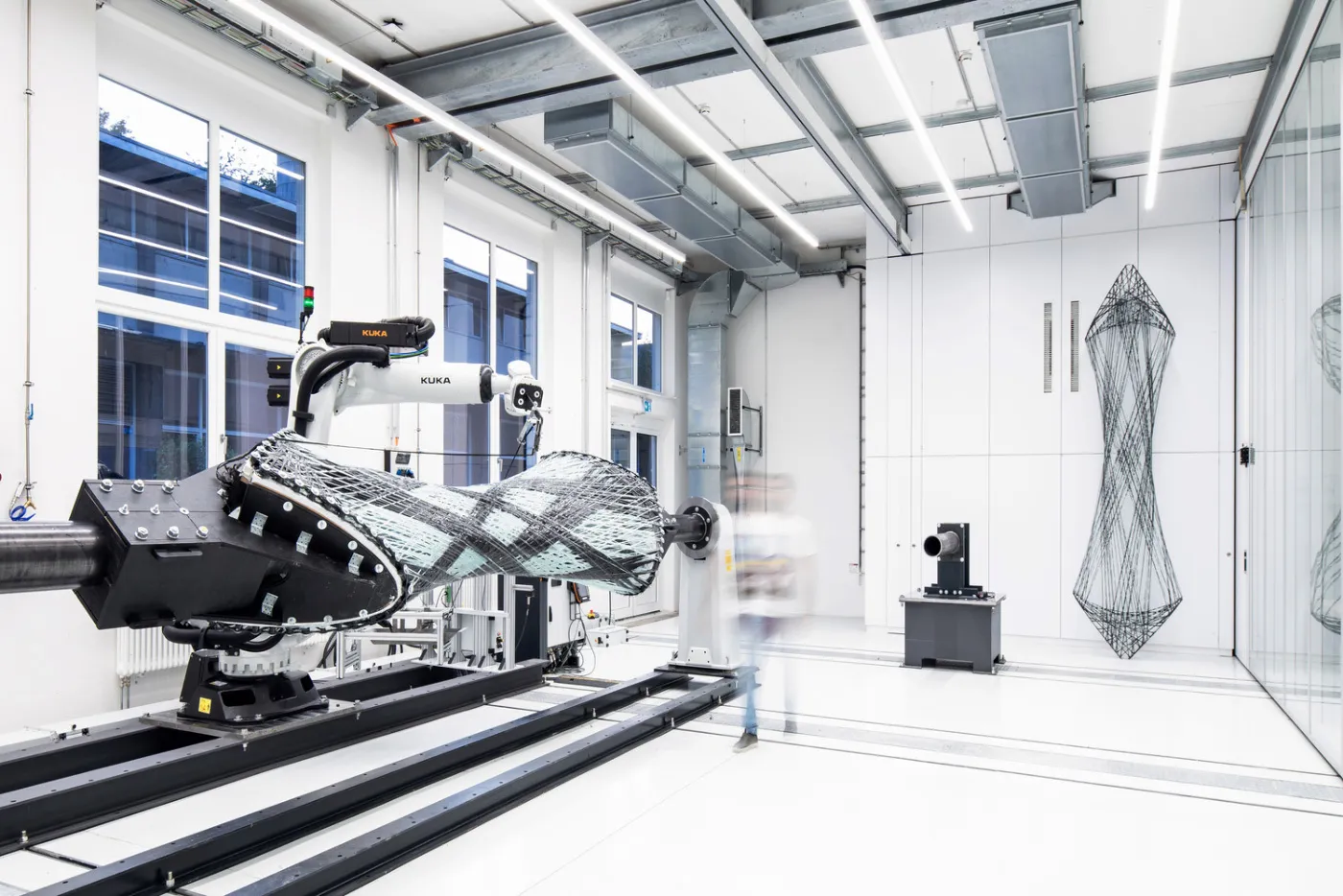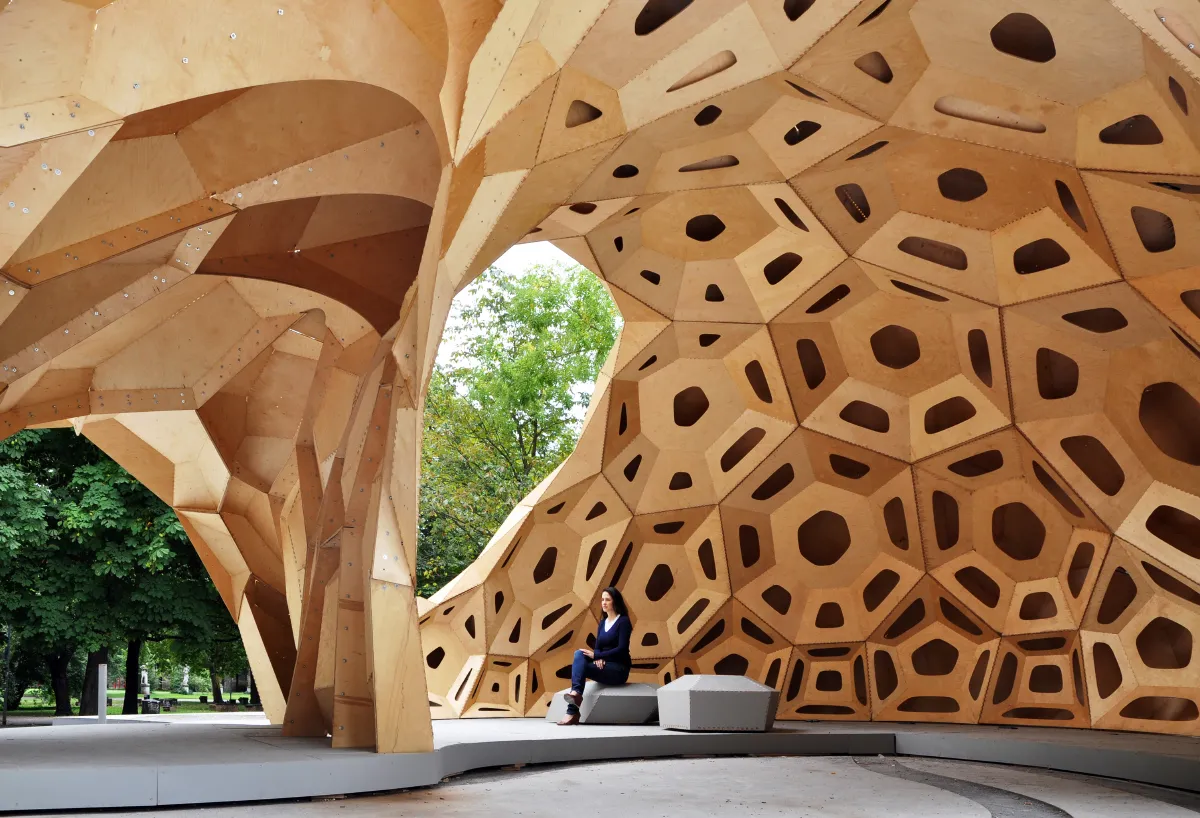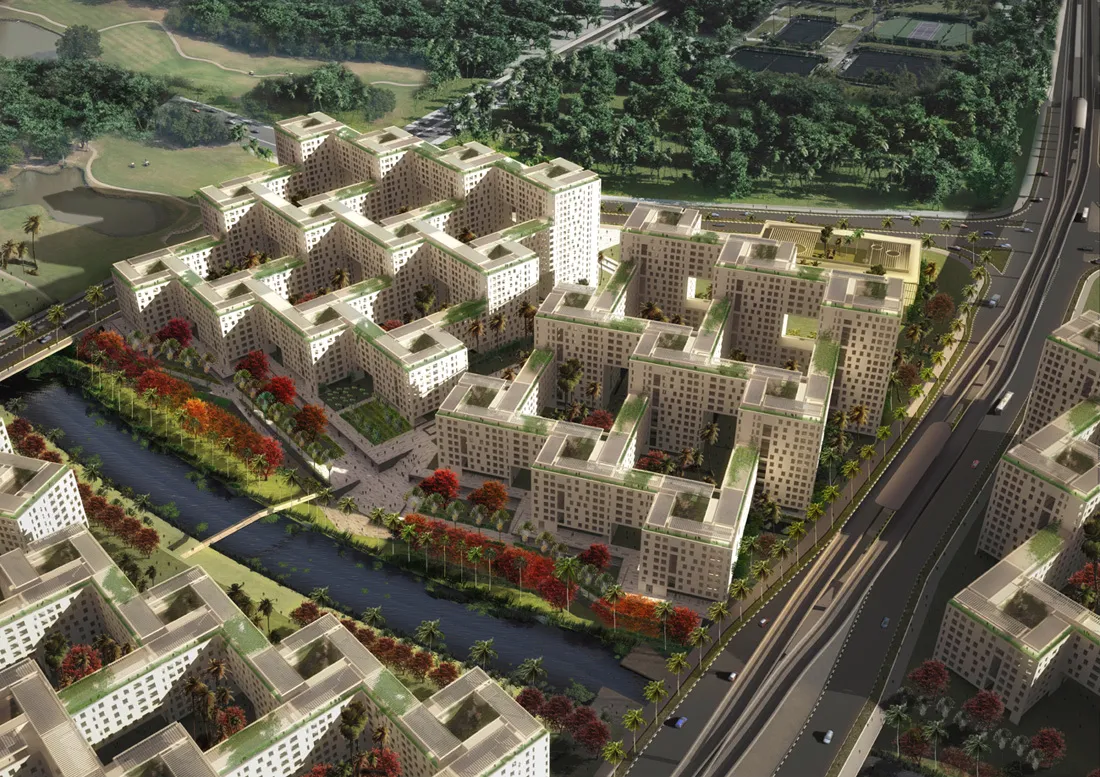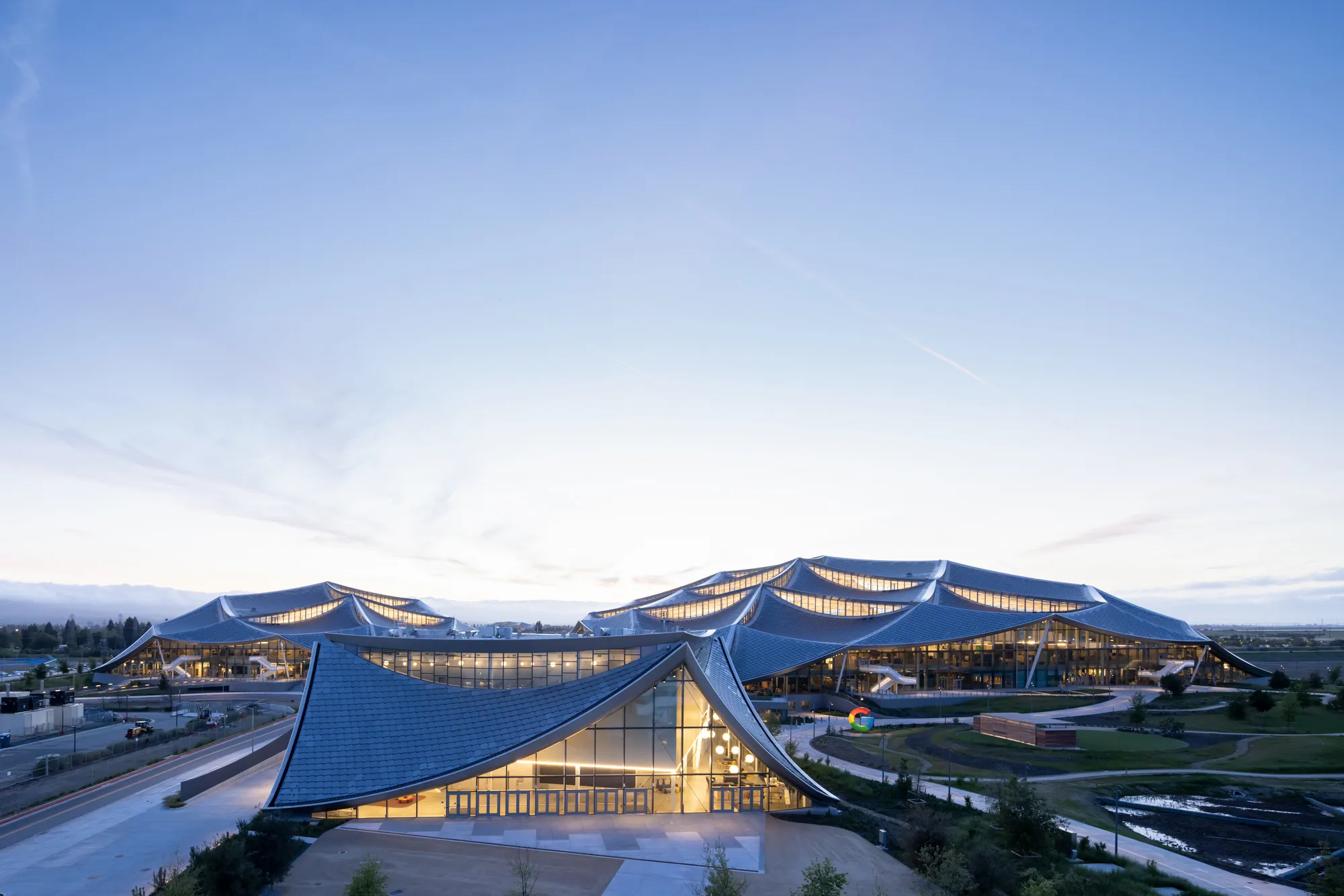
The world of architecture is undergoing an unprecedented technological shift. The industry is grappling with multifaceted challenges, including urban densification, sustainability, regulatory complexity, and the ever-present need for efficiency. An innovative approach is bringing buildings to life: generative design. Powered by advances in artificial intelligence, computational design, and deep data analytics, generative design is fundamentally transforming the architectural workflow, making it more adaptive, responsive, and, perhaps most importantly, intelligent.
Moving past the technical language and appreciating the core of generative design helps understand its influence. Conventional design starts with the architect's comprehension of the site's limitations, program needs, and creative goals. Through a primarily linear, iterative process, they are progressively transformed into sketches and models.
In contrast, generative design begins with a set of parameters, which can include the site's physical dimensions, the targeted energy performance, client program, regulatory constraints, and even qualitative elements like privacy or vistas. After entering them as coded constraints into a digital model, the architect employs computational algorithms to produce a huge number of potential layouts or forms on their own.
Think of generative design as the difference between searching for a single route on a map and simultaneously generating every possible path from A to B, filtered by criteria such as shortest distance, least traffic, best scenery, and lowest cost. It’s not about eliminating the architect’s intuition but augmenting it. It empowers designers with a suite of data-vetted options, some of which may exceed what human imagination alone could conjure.

A significant share of a building’s life-cycle impact is determined in the concept phase. Until recently, detailed energy simulations or environmental analyses were post-facto checks, a necessary step, but often resulting in rework if a design failed to meet energy codes or climate goals. Generative design closes this feedback loop. Tools like Autodesk’s Generative Design for Revit or Bentley’s OpenBuildings integrate performance engines directly in the generation process. As the algorithm produces spatial arrangements or massings, it simultaneously assesses how each configuration performs in terms of daylight penetration, energy demand, thermal comfort, or even water use.
Imagine using yearly sunpath data to create a residential tower design that optimizes daylighting and natural ventilation in addition to unit count. One case study from a Singapore-based company redesigned a housing complex using generative algorithms. Instead of stacking units as is customary, the model ordered units to minimize west-facing glass, which reduced cooling loads by 19% without adding to the cost of construction. Such achievements underscore generative design’s potential to align business interests with planetary needs.
Every architect has experienced the annoyance of last-minute program modifications or the exhaustion of manual iterations; if you alter a central position, it will have a cascading effect on dozens of drawings and details. Input changes instantly update all dependent geometries and performance data; generative models are by nature parametric. In addition to speeding up the design process, this significantly lowers the possibility of human error that might occur in conventional workflows.
A developer in Mumbai in India, shared that by automating the generation of parking layouts (a notoriously tricky puzzle in urban sites), what previously took designers days or weeks could be accomplished in minutes, with higher parking efficiency and fewer code violations. The result is a process where human effort focuses on creative problem-solving, stakeholder engagement, and design leadership, while repetitive analyses and drawing amendments are managed by the machine.
Building designers have a difficult time deciphering site circumstances. Urban plots are rarely just rectangular; they often have topographical undulations, uneven boundaries, and contextual adjacencies. In the past, these factors required weeks or months of laborious trial-and-error. These specifics become accurate inputs in generative design. Setbacks, right-to-light regulations, FAR limitations, and other legal requirements are instantly incorporated by algorithms, which then suggest a design that optimizes the utilization of permitted space while maintaining compliance.
In Singapore, a global leader in urban planning, generative design has been pivotal in developing climate-responsive building layouts within dense cityscapes. Projects such as the redevelopment of Punggol Digital District have used computational design tools to process complex site data, including solar paths, prevailing wind directions, and humidity levels unique to the equatorial climate.
Generative models helped architects orient building masses to maximize natural cross-ventilation, reduce reliance on mechanical cooling, and optimize the facade for solar shading, all while meeting strict density and green space requirements. This approach enables the creation of comfortable microclimates outdoors, mitigates urban heat islands, and simultaneously allows developers to maximize land value by ensuring layouts abide by regulatory limits yet remain highly performant for energy and comfort.

Google's Bay View Campus in Mountain View, California, is another notable example. Here, innumerable combinations of building orientation, roof design, and solar panel layouts were assessed using generative algorithms. Designers created ideal arrangements that maximized the production of renewable energy while improving workstation daylighting and reducing overheating by entering climate data, such as local wind patterns and sunlight intensity throughout the year. The outcome is a high-performance campus that demonstrates a reproducible approach for incorporating cutting-edge generative design in global urban situations.

In a dense city like New Delhi in India, factors such as pollution, solar angles, local wind patterns, and even cultural context can be encoded. Generative models can then suggest building orientations that reduce heat gain, foster natural ventilation, and create microclimates.
Autodesk used its generative design tools to determine workspace layouts for its new Toronto office. It prioritizes diverse criteria such as team adjacencies, natural light, views, cost, and spatial efficiency. The design algorithm provided several layout solutions, some of which surprised the architects by revealing under-appreciated spatial adjacencies that improved both communication and well-being.
To envision different massing layouts under stringent urban laws, the Danish firm BIG (Bjarke Ingels Group) partnered with computational consultants. Future residents will directly benefit from a more livable, sustainable precinct as a result of this approach's quick narrowing down of forms that maximize outdoor spaces, daylight access, and lake views.
These applications show how generative design enables architects worldwide to encode local climate, regulatory, and social data into the design process, delivering robust solutions that fit and excel within the challenging realities of dense urban environments.
There is still a widespread misconception that computer methods could diminish the architect's authorship. In actuality, generative design works best as a tool to enhance human creativity. An architect provides vision, context, and meaning, while the machine is excellent at creating and sifting through large solution areas. Whether a certain facade modulation reacts more eloquently to the local vernacular or whether a particular courtyard arrangement better represents the community's cultural routines is up to the designer.
By relieving designers of tedious chores like redrawing after software modifications or checking for compliance, generative technologies free up mental resources for strategic consulting, storytelling, and big-picture thinking. Under this new paradigm, an architect's job becomes more about directing than drawing.

Despite its many strengths, generative design is not without challenges. The initial setup of parameters, data collection, and model calibration requires significant domain expertise. The knowledge gap between computational and conventional practice can make adoption turbulent, especially for smaller firms. Furthermore, there is a risk of option overwhelm—too many alternatives can lead to decision paralysis, unless guided by clear objectives and strong curatorial vision.
Transparency and ethics also need to be discussed. There is a chance that more measurable cost or efficiency drivers will eclipse social, ecological, or cultural objectives as algorithms incorporate values and priorities specified by programmers or developer clients. A new generation of architects is needed to navigate these difficulties; they must be knowledgeable in data literacy, critical thinking, ethical leadership, and design and tectonics.
Looking ahead, generative design is poised to reshape not just architectural form-finding but the broader processes of urban planning, infrastructure, and policy-making. Imagine city-wide generative planning models that respond to climate change by suggesting urban morphologies to optimize flood resilience, public shade, and walkability. As building codes grow more sophisticated and performance-driven, generative tools could help architects proactively exceed compliance, setting new benchmarks for sustainability and resilience.
The technology is also democratizing design access. Cloud-based generative platforms can allow clients, stakeholders, or even community groups to participate in the creation of proposals, fostering more inclusive and responsive built environments.
Generative design is not a passing trend; it’s a structural shift. It reduces errors, accelerates decision-making, and bridges the gap between data and intuition. Architects who embrace its potential and navigate its challenges can lead the profession toward a new standard of performance, creativity, and relevance in the 21st century.
Curious to explore how these ideas translate into practice?
Our hands-on workshop Generative Architecture with AI 2.0 – SD Flux guides designers through the integration of AI tools like Stable Diffusion into architectural workflows, with real-time experimentation and form generation.
.webp)
For architects, generative design is a crucial opportunity. By accepting its potential, while being aware of its constraints, practices can produce projects more quickly. Structures designed by clever algorithms and imaginative minds can improve our cities' social, experiential, and environmental quality in addition to eliminating mistakes and effort waste.
This mix of human and machine, where data-driven intelligence and creative vision work together to open up new possibilities for design and society at large, is where architecture's future rests. The promise of a new era of structures and cities is aesthetically pleasing and useful, resilient, and aware of the demands of their times.
You must be logged in to comment.